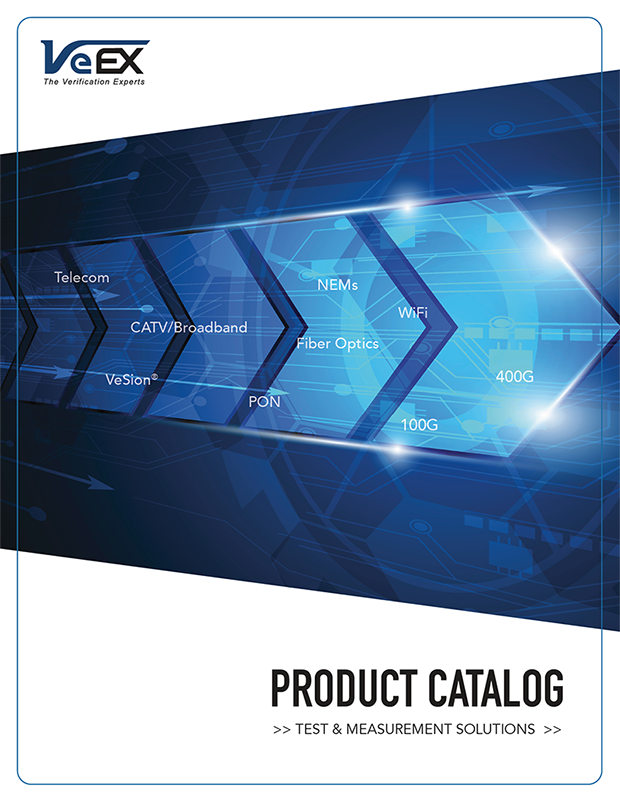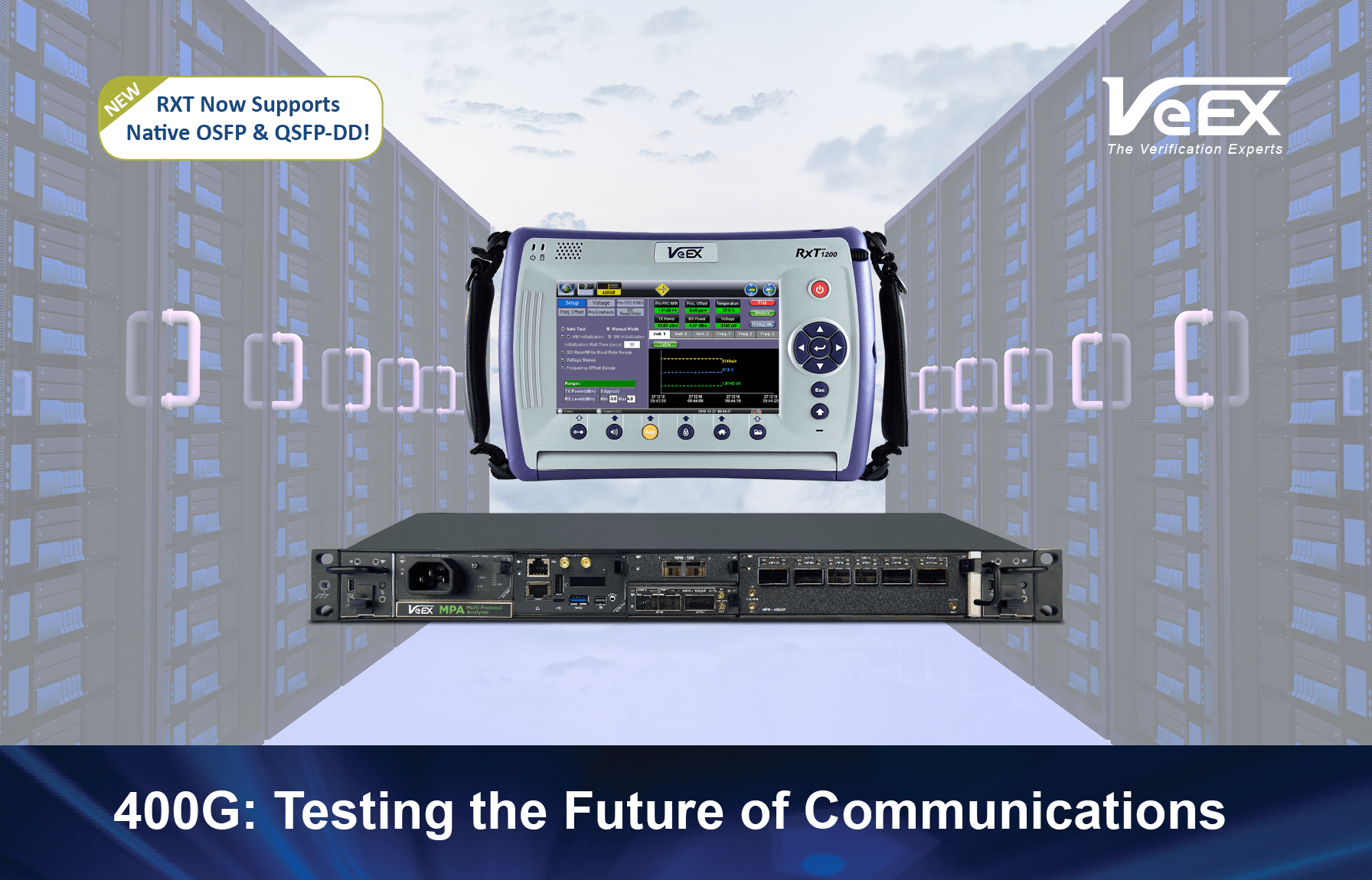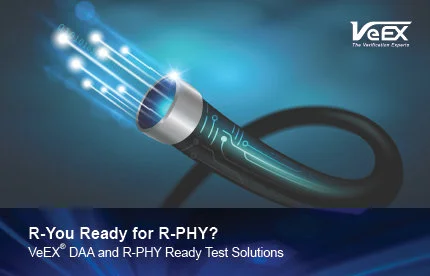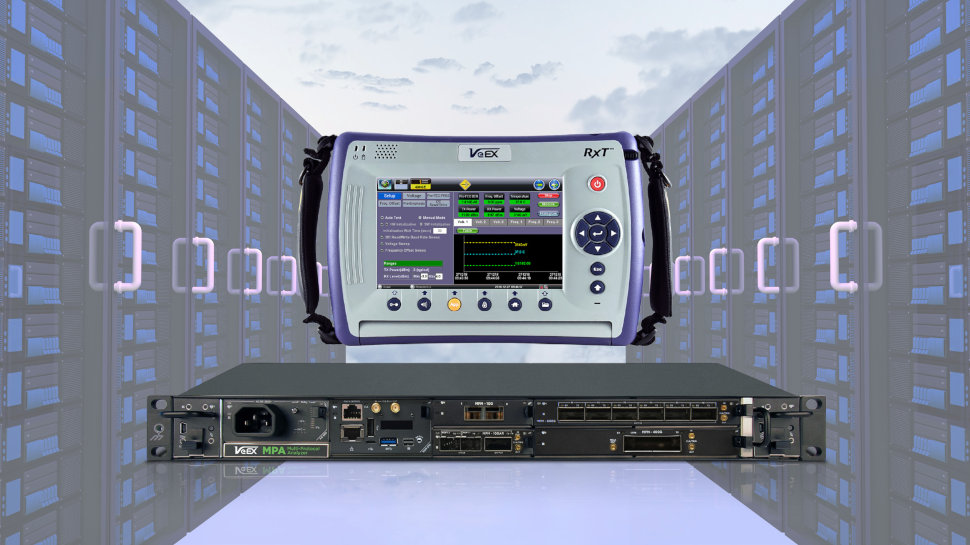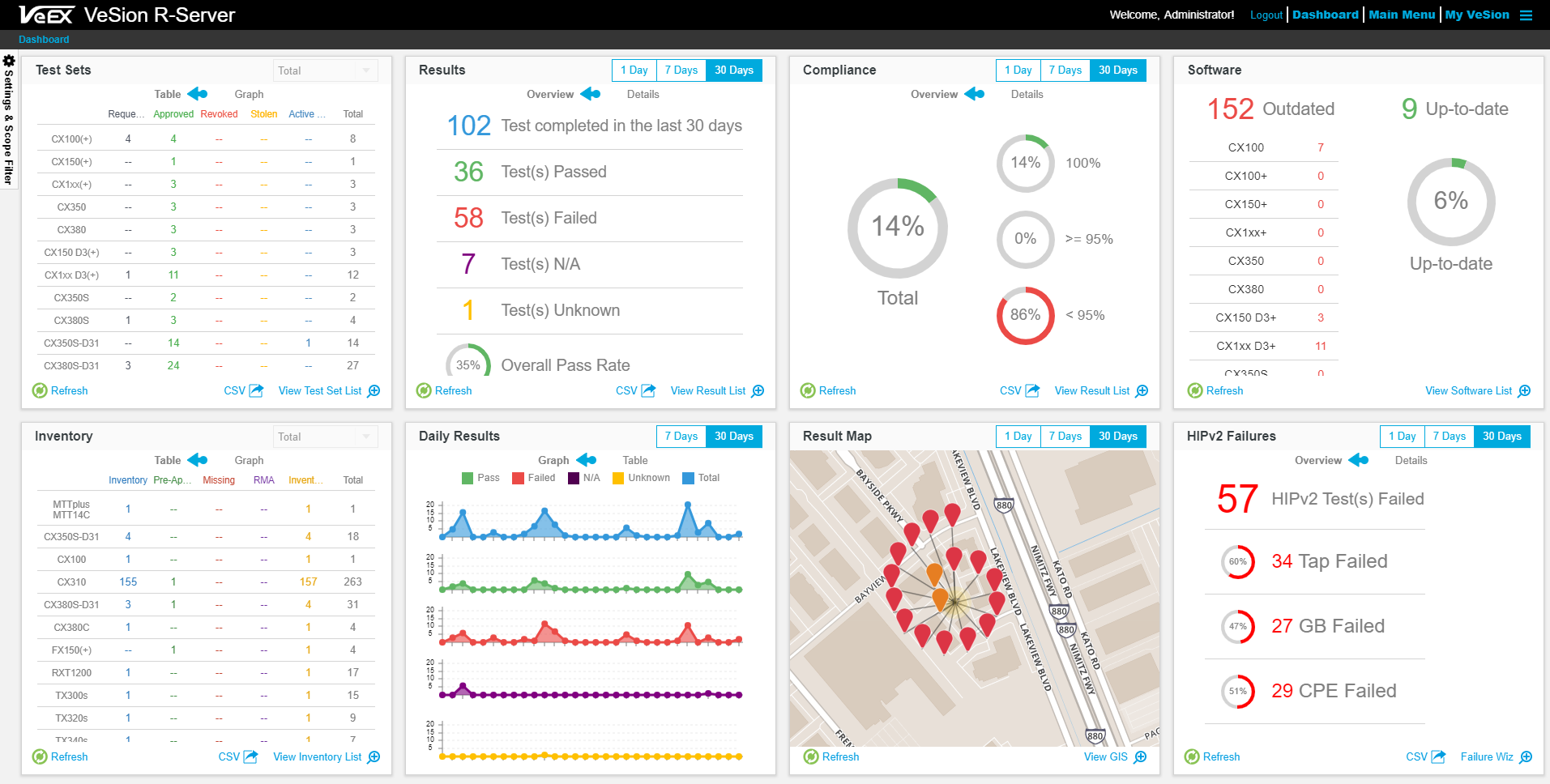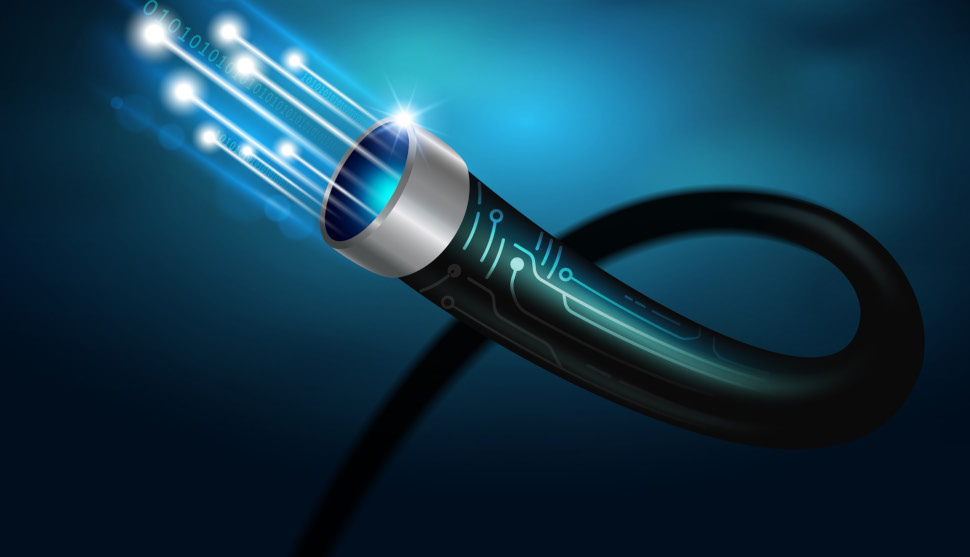Solutions
400G: Testing the Future of Communications
The exploding growth of high-speed and high-availability services, including 5G, and a multitude of devices constantly connected to the Internet, has prompted Telcos, MSOs, Datacenters and the communication industry in general, to move to the next stage in aggregation, switching and transport technologies to keep up with the demand. Currently that is 400GE.
Cloud-based Asset and Workflow Management Platform
Manage work orders from start to finish, track test equipment, centralize profiles and results in one place with VeSion® R-Server.
DAA and R-PHY Ready Test Solutions
As subscribers bandwidth demand increase, and the competitive landscape becomes more intense, cable operators are evolving their Hybrid Fiber-Coax (HFC) network architecture to meet the new expectations. Distributed Access Architecture (DAA), with R-PHY and Remote MAC/PHY deployment options brings Ethernet/IP closer to the subscriber, and unlocks potential for higher DOCSIS speeds, but also brings new deployment challenges.
DOCSIS 3.1 and 4.0
The next stages for DOCSIS based broadband services require utilizing previously unused and untested frequency spectrum, exposing potential trouble for Cable Operators. Current DOCSIS 3.1 deployments typically use legacy 1 GHz spectrum, limiting deliverable bandwidth. The next step for DOCSIS 3.1 deployment increases usable spectrum to 1.2 GHz and down the road, DOCSIS 4.0 Extended Spectrum expands the cable plant to 1.8 GHz.
WiFi Testing
Consider that today most of the devices we use don’t even have an Ethernet LAN port anymore and WiFi is the only way we can communicate, work or stream video and audio in our local networks.

